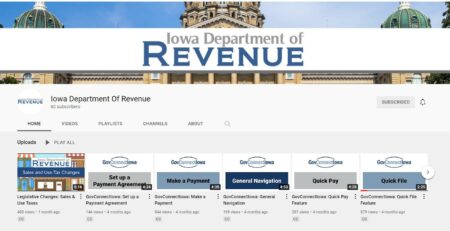What is a Customer Journey Map?
What is a customer journey map?
A customer journey map typically illustrates the steps a customer takes from the initial awareness and consideration of the product, through the purchase process, and into the post-purchase stage. It may include multiple touchpoints such as online platforms, physical stores, customer support interactions, and more.
The primary purpose of creating a customer journey map is to gain insights into the customer experience and identify pain points, opportunities, and areas for improvement. By understanding the customer journey, businesses can make informed decisions to enhance customer satisfaction, increase engagement, and boost loyalty.
To create a customer journey map, it is recommended to undertake the following steps:
- Research: Gather data about your target customers, their demographics, behaviors, motivations, and needs. This information can come from customer surveys, interviews, analytics, and other sources.
- Identify touchpoints: Determine the various touchpoints or interactions that customers have with your business. These can include website visits, social media engagement, email communication, physical store visits, and more.
- Plot the journey stages: Divide the customer journey into key stages, such as awareness, consideration, purchase, and post-purchase. Define the specific actions and emotions associated with each stage.
- Map touchpoints and actions: Plot the touchpoints along the customer journey and identify the actions customers take at each stage. For example, visiting a website, reading product reviews, or contacting customer support.
- Analyze emotions and pain points: Consider the emotional state of customers at each stage and identify any pain points or frustrations they may encounter. This could include difficulties in finding information, long wait times, or confusing navigation.
- Visualize the map: Create a visual representation of the customer journey map, which can be in the form of a diagram, flowchart, or infographic. Make sure it’s easy to understand and visually appealing.
- Use the insights: Analyze the customer journey map to uncover opportunities for improvement, such as optimizing touchpoints, streamlining processes, or providing better support. Make changes based on these insights to enhance the overall customer experience.
Remember, customer journey maps are dynamic and should be regularly updated to reflect changes in customer behavior, market trends, and business strategies. By continuously refining your customer journey map, you can stay aligned with your customers’ evolving expectations and deliver a more seamless and satisfying experience.











